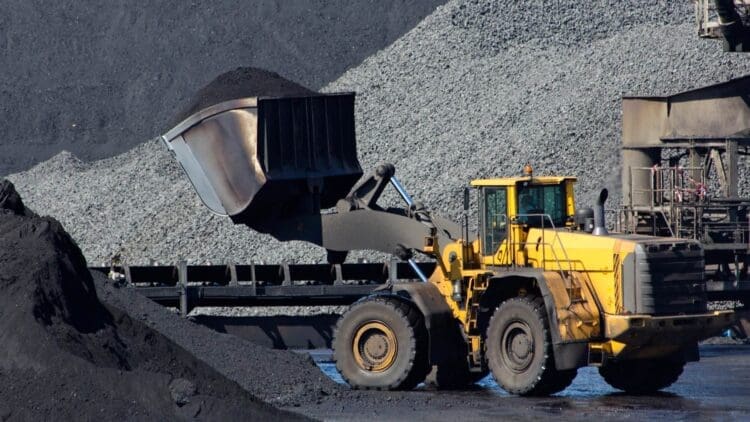India has relaxed the sulphur dioxide limits for the majority of its coal mines in a move that has environmentalists concerned over the supposed impact on air quality in India. The government announced that it would be relaxing the requirements for coal mines to install mechanisms to reduce sulphur emissions from its vast array of coal mines across the nation. Sulphur dioxide (SO2) is not considered a greenhouse gas, and in fact has a cooling effect on the region directly surrounding the mines where it is emitted from; however, it still poses a serious threat to air quality. The Indian government has defended its decision, reiterating that it is not a rollback.
India’s coal mines no longer need to install Flue Gas Desulfurization systems
Flue Gas Desulfurization systems, or FGSs, are meant to reduce the amount of sulfur dioxide being released by coal mines, which could irreparably damage India’s already poor air quality. The government stated that the new policy divides the thermal power plants into three categories, the first would see 65 of the total 537 units installing the Flue Gas Desulfurization systems.
In the second category, which amounts to 66 units, the government will assess the need for Flue Gas Desulfurization systems on a case-by-case basis, which could take a significantly long time. The remaining 406 units will now be exempt from installing the FGS systems, which has not gone down well with India’s vast array of environmental groups. India overtook China to become the world’s worst greenhouse gas emitter and has the worst air pollution on the planet.
The Indian government has lamented the pushback from environmentalists
Shortly after the landmark Paris Conference on climate in 2015, India ordered all thermal power plants to reduce their sulphur dioxide emissions within two years. The policy was designed to curb extreme air pollution by installing FGD systems on all existing and new coal plants, which would alleviate the pressure on the environment as well as ease international concerns.
Following heavy backlash from environmentalist groups, the Indian government has defended its decision to relax sulphur limits for coal mines. The government released a statement that backs up their policy with some, let’s say, questionable reasoning.
“The sulphate aerosols from these coal plants aren’t to the extent that they affect human health…it is less than 5%. On the contrary, it is necessary that some of it remain in the atmosphere. If it is too less, it can increase warming.” – India’s Power Minister, Manohar Lal Khattar
Among the detractors is the Centre for Research on Energy and Clean Air (CREA). It plays a vital role in the energy sector in several countries around the world. Monitoring emissions and proposing scientific solutions to the world’s climate problems. India is not the only nation rolling back emission requirements for the coal industry.
“As highlighted, the estimated 5% sulfate contribution, derived from data in 18 non-attainment cities, may not fully represent the national air quality scenario. Limitations such as the short three-month sampling period and exclusion of rural areas suggest the need for broader, year-round assessments to inform effective policy.” – Dr Manoj Kumar, analyst at Centre for Research on Energy and Clean Air (CREA)
Can India reverse the effects of global warming to provide clean air for its populace?
According to the government, yes, it can. India is among the worst polluters in the world and is universally known for its poor air quality. India has 8 out of 10 of the world’s worst-polluted cities, and has a lot of work to do to reverse the effects of pollution. India could learn a lot from the example set by the Environmental Protection Agency in the United States, which has imposed several rules aimed at curbing coal-ash deposits in the air. Time will tell what the effects of the easing of the rule will have.





